General Agriculture
-
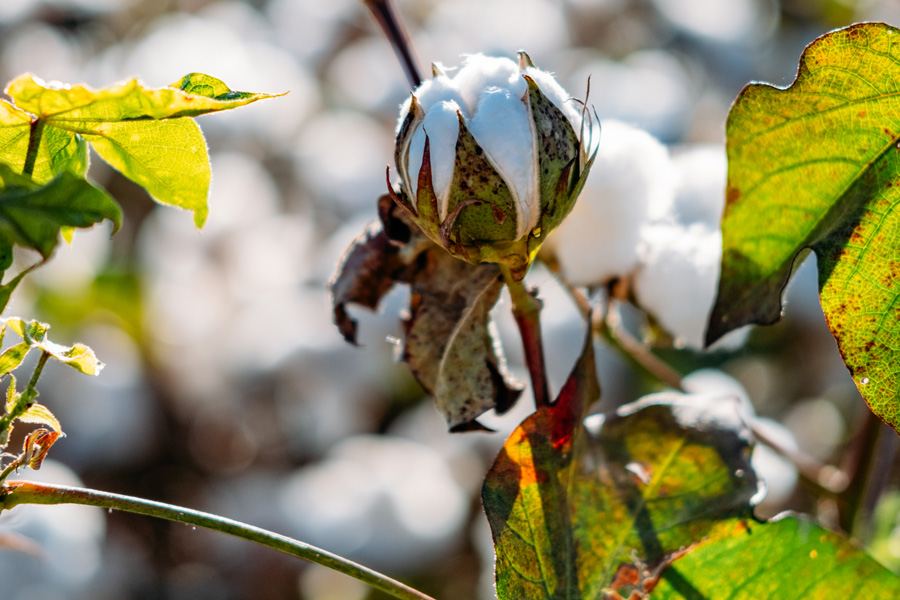
AP 124-3
2023 Georgia Cotton Production Guide
The 2023 edition of the cotton production guide provides an in-depth look at cotton production in Georgia and the Southeastern U.S. Issues discussed include economic outlook, fertility, weed management, insect management, disease and nematode management, irrigation decisions, precision ag technology, and general agronomics of the cotton crop (varieties, PGR applications, defoliation, etc.).
Lavesta Hand
|
-
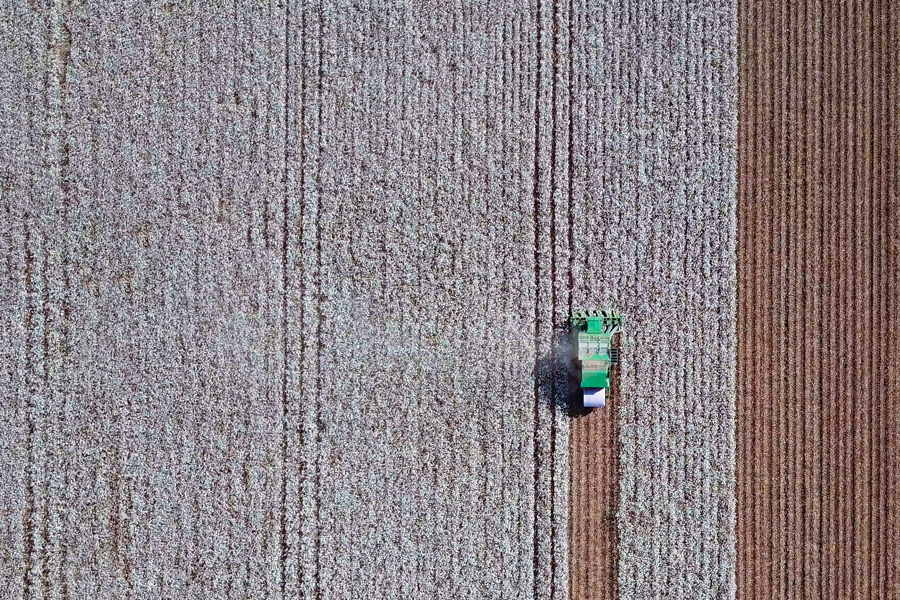
The Agricultural Act of 2018 (2018 U.S. Farm Bill) extended the cotton commodity loan programs for the 2019 through 2023 crop years. Cotton commodity loan programs include the marketing assistance loan (MAL) program and the loan deficiency payment (LDP) program. These programs provide cotton producers with alternative marketing tools during periods of low cotton prices. Cotton producers can receive marketing loan benefits in the form of marketing loan gains (MLG), loan deficiency payments (LDP), commodity certificate exchange gains, and forfeiture gains. Producers can participate in the MAL or obtain an LDP on all or part of their production at any time during the loan availability period, from harvest until May 31 of the following calendar year.
Yangxuan Liu
|
-

Starting a farming or commercial production enterprise requires more than knowledge of agriculture or livestock management. The business side of farming is a critical factor in the success and sustainability of the enterprise. New and beginning farmers have many questions about planning, licensing requirements, financing options, training, and more (see Table 2). This publication can help answer some of those questions.
Amanda Smith and Heather Kolich
|
-

Many people view wetlands as “wastelands,” having few virtues. But it is now known that wetlands provide many useful services, from improving water quality to providing habitat for important fish and wildlife. These kinds of benefits would be costly to create, so maintaining natural wetlands is good for both the economy and the environment. Many smaller wetlands occur in Georgia farmlands, and many of the values provided by wetlands benefit Georgia farmers. This bulletin highlights the key virtues of wetlands to agriculture, describing how wetlands associated with Georgia farms can contribute to agricultural value.
Darold Batzer, Ashfaq Sial, Jason Schmidt, and Gabriela Cardona-Rivera
|
-
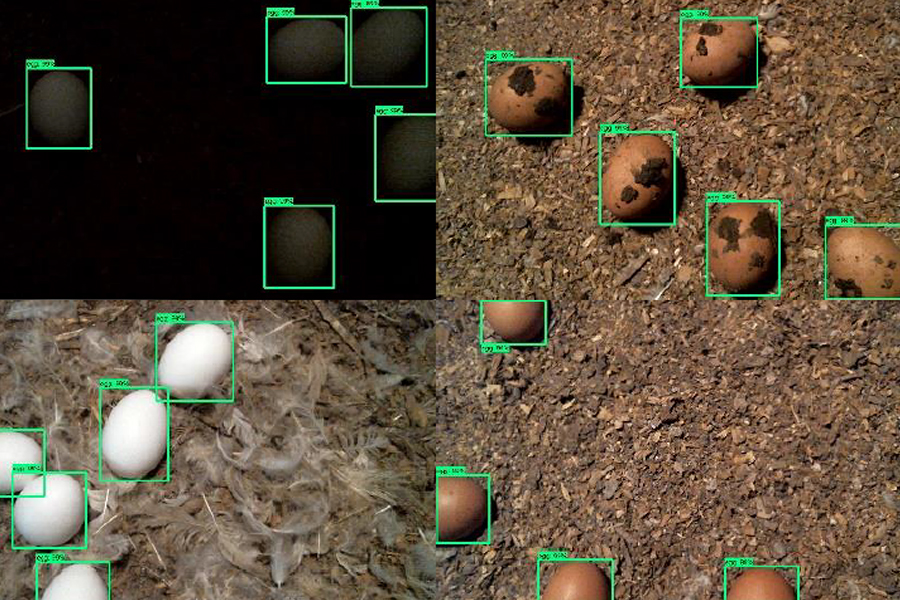
Researchers have investigated the issue of mislaid eggs in cage-free housing and the possibility of reducing the incidence of floor eggs through management of lighting, litter and bedding, and nesting space, and the use of robotics. Methods with potential for managing mislaid or floor eggs in cage-free layer houses can be summarized as follows: 1. House-lighting time management: In cage-free aviary systems, lighting management is used to help control floor-access time. According to observations in commercial cage-free layer houses, most floor eggs are laid at first light. Delaying floor access time in the morning may help reduce floor eggs by keeping the birds near the nests for the first few hours of light. 2. Light intensity and distribution: Make sure to provide sufficient light intensity evenly across the litter floor. Increasing the light intensity under the aviary system has been tested to be effective at reducing over 80% of floor eggs. 3. Bedding depth: Scratch areas covered with litter help reduce the risk of feather pecking and cannibalism, and minimize flightiness, for hens living in large flocks. However, deep litter attracts birds to lay eggs on the litter itself. According to research conducted at Iowa State University, reducing litter depth discourages hens from laying eggs on floor of commercial cage-free houses. 4. Nesting space: Nesting behavior is a key priority and important welfare indicator for egg production, so providing hens with safe and secure locations to lay eggs is critical. A good nesting design in cage-free systems facilitates egg collection, minimizes the risk of cloacal cannibalism, and assists food safety and sanitation.
Casey Ritz, Claudia Dunkley, and Lilong Chai
|
-
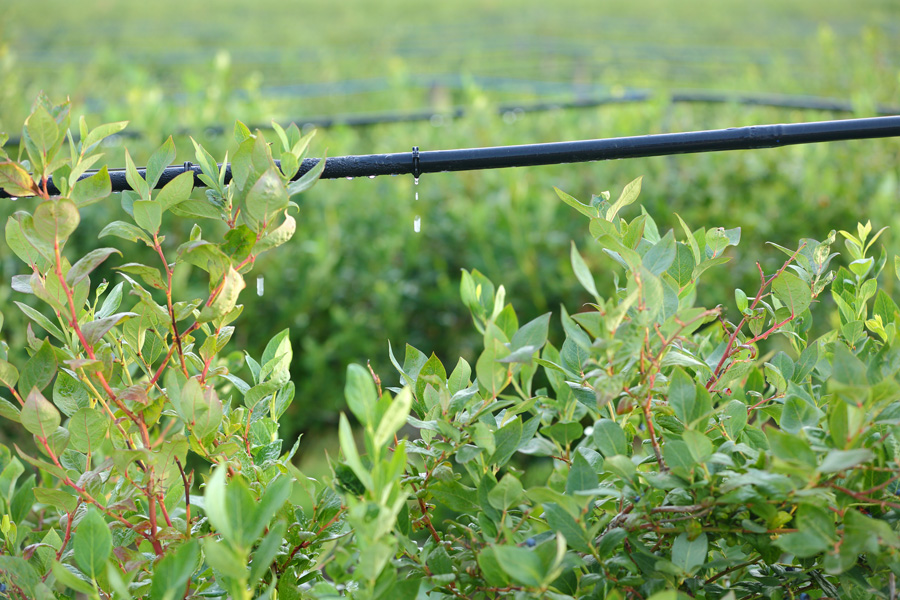
This circular is a review of water quality standards, calculations, and recommendations for water that will be used for irrigation of blueberries.
Gary Hawkins, Uttam Saha, Wesley Porter, Zilfina Rubio Ames, and Glendon Harris
|
-
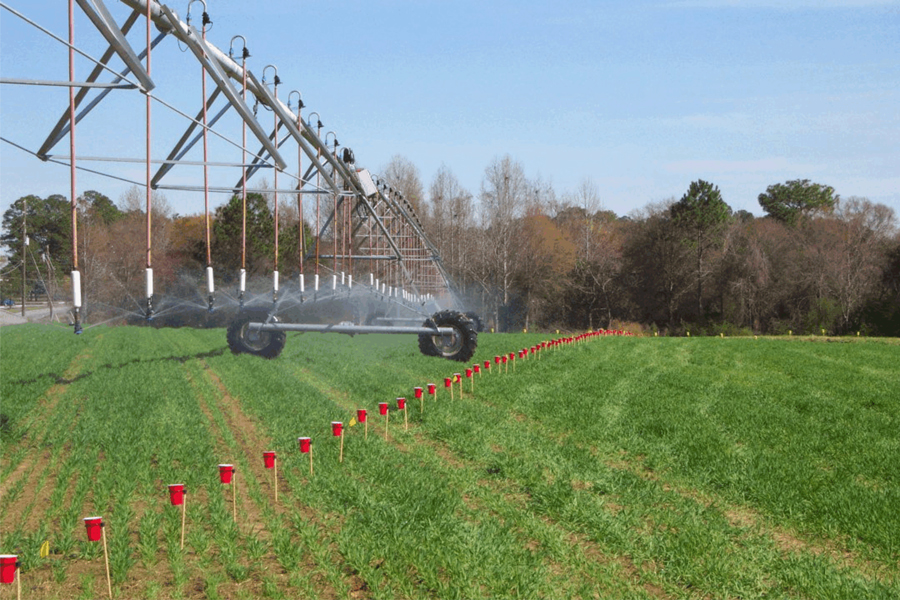
With rising fuel prices it is increasingly important that irrigation systems apply water uniformly in order to achieve maximum benefit from the water applied. The uniformity of water application under a center pivot is determined by setting out cans or rain gauges along the length of the pivot, bringing the irrigation system up to proper operating pressure, and letting the system pass over them.
Calvin Perry, Wesley Porter, Jason Mallard, and David Hall
|
-

AP 130-1
2023 Georgia Ag Forecast
The entire publication is viewable using the “View PDF” button above. Each year, UGA’s agricultural economists develop a comprehensive overview to help various sectors of the agriculture industry navigate the year ahead. As Georgia’s land-grant university, the University of Georgia conducts cutting-edge research on critical and emerging issues that are important to the agriculture industry. From this research, UGA provides the best information and education available to producers and constituents to equip them with knowledge and decision-making tools for their businesses. The overall U.S. outlook projections include: 1. In 2023, the postpandemic expansion will end, and a mild recession will begin. 2. The 2023 recession will be mild and short. 3. Tight monetary policy because of high inflation is the main reason to expect a recession. Energy price shocks are a second reason to expect a recession. 4. Georgia’s economy will do better than the U.S. economy as a whole. 5. Economic development projects will provide a solid push to Georgia’s economy.
Esendugue Fonsah, Jennifer Berry, Amanda Smith, Benjamin Campbell, Yangxuan Liu, John Salazar, and Yanshu Li
|
-

AP 130-1-01
Overall Georgia and U.S. Economic Outlook
Each year, UGA’s agricultural economists develop a comprehensive overview to help various sectors of the agriculture industry navigate the year ahead. As Georgia’s land-grant university, the University of Georgia conducts cutting-edge research on critical and emerging issues that are important to the agriculture industry. From this research, UGA provides the best information and education available to producers and constituents to equip them with knowledge and decision-making tools for their businesses. The overall U.S. outlook projections include: 1. In 2023, the postpandemic expansion will end, and a mild recession will begin. 2. The 2023 recession will be mild and short. 3. Tight monetary policy because of high inflation is the main reason to expect a recession. Energy price shocks are a second reason to expect a recession. 4. Georgia’s economy will do better than the U.S. economy as a whole. 5. Economic development projects will provide a solid push to Georgia’s economy.
Amanda Smith
|